Responding to a resilient garden: a conversation with Takis Constantopedos, 21 February 2018
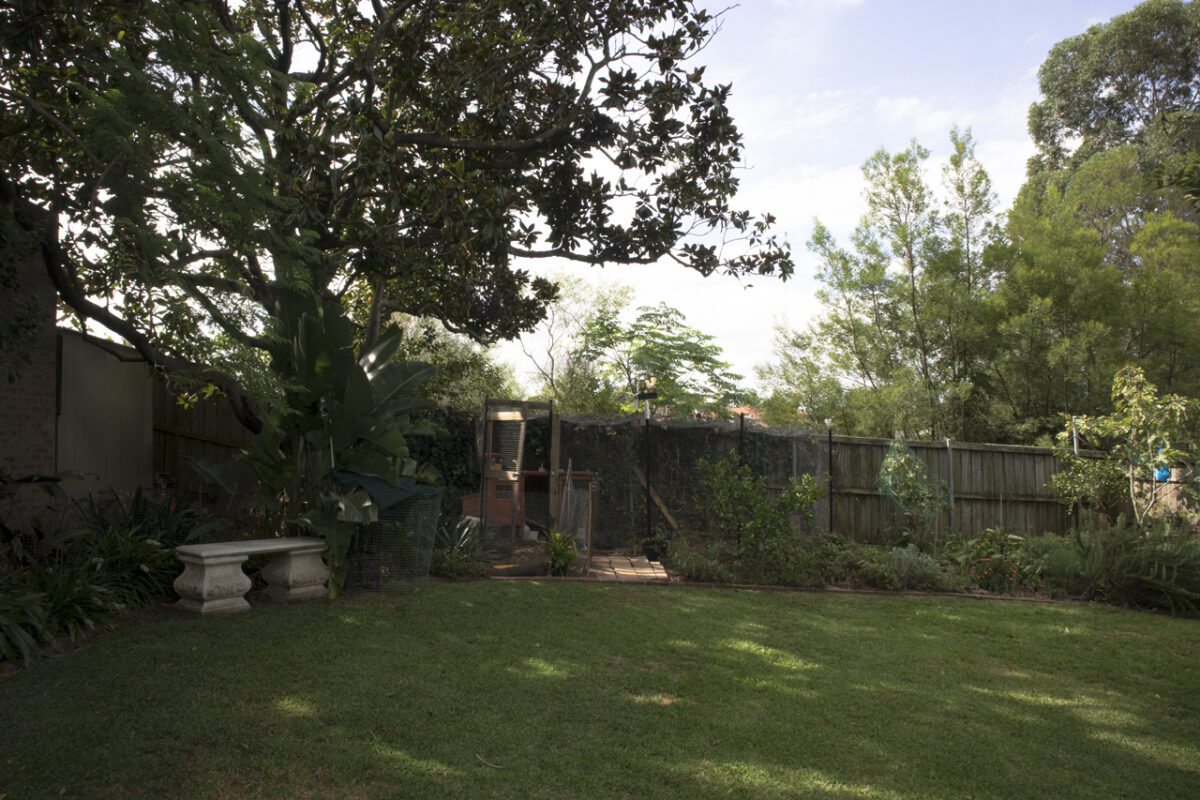
Introductions first. My name is Greek, and I was born in Australia. This has absolutely no relevance to my gardening other than the fact that father used to be a very proud vegetable gardener. He had a little home, a little bit of land in Leichhardt, and he would grow one crop, either tomatoes, beautiful ox heart tomatoes, which he got from his Italian friends, or cucumbers; telegraph or Lebanese. In his community of friends and relatives, vegetable gardening was a very competitive business, where they would compare the quality of their production. It was a minute garden, but he produced heaps. So that is the only connection. My wife, Dimitra, has a Greek background, and she came from a farming village, where they grew all their food, they kept poultry and had a sizable flock of sheep for meat and milk, which they used to make their own cheese, and for wool, which they wove into rugs and blankets. So she knows all about farming – or so she says – and I know nothing. So I defer to Dimitra.
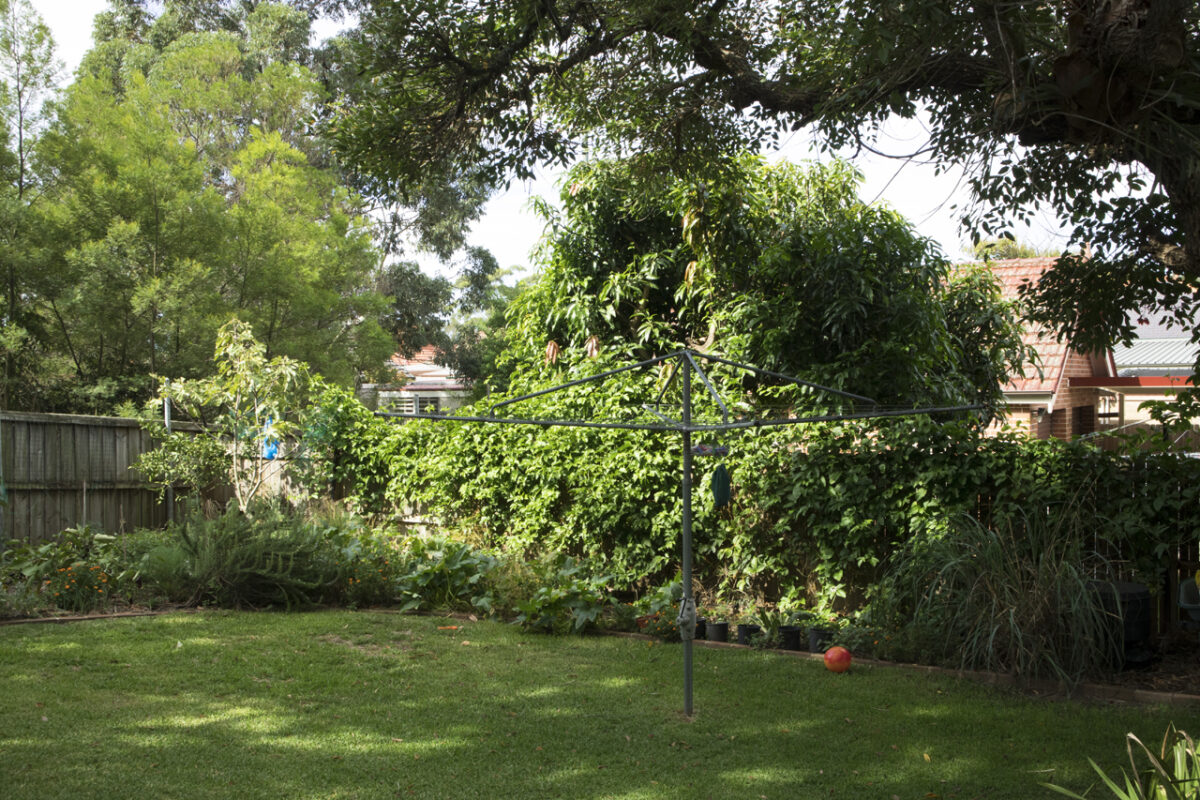
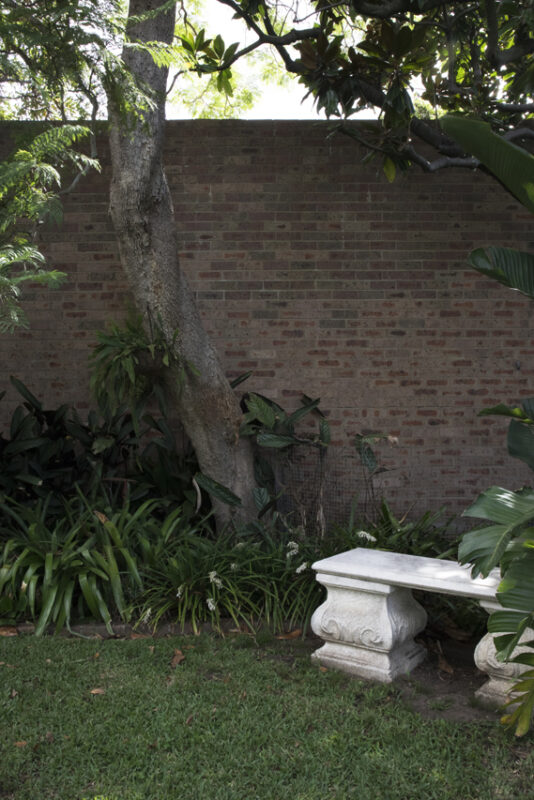
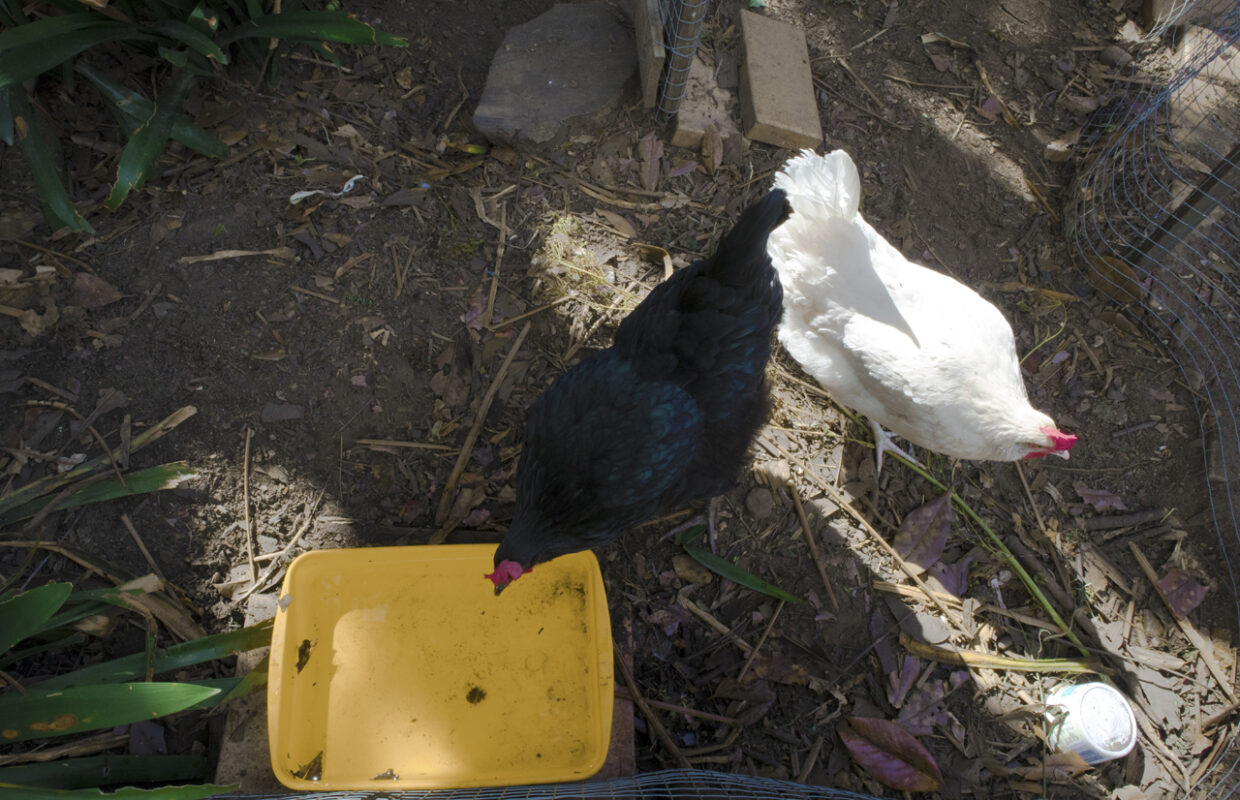
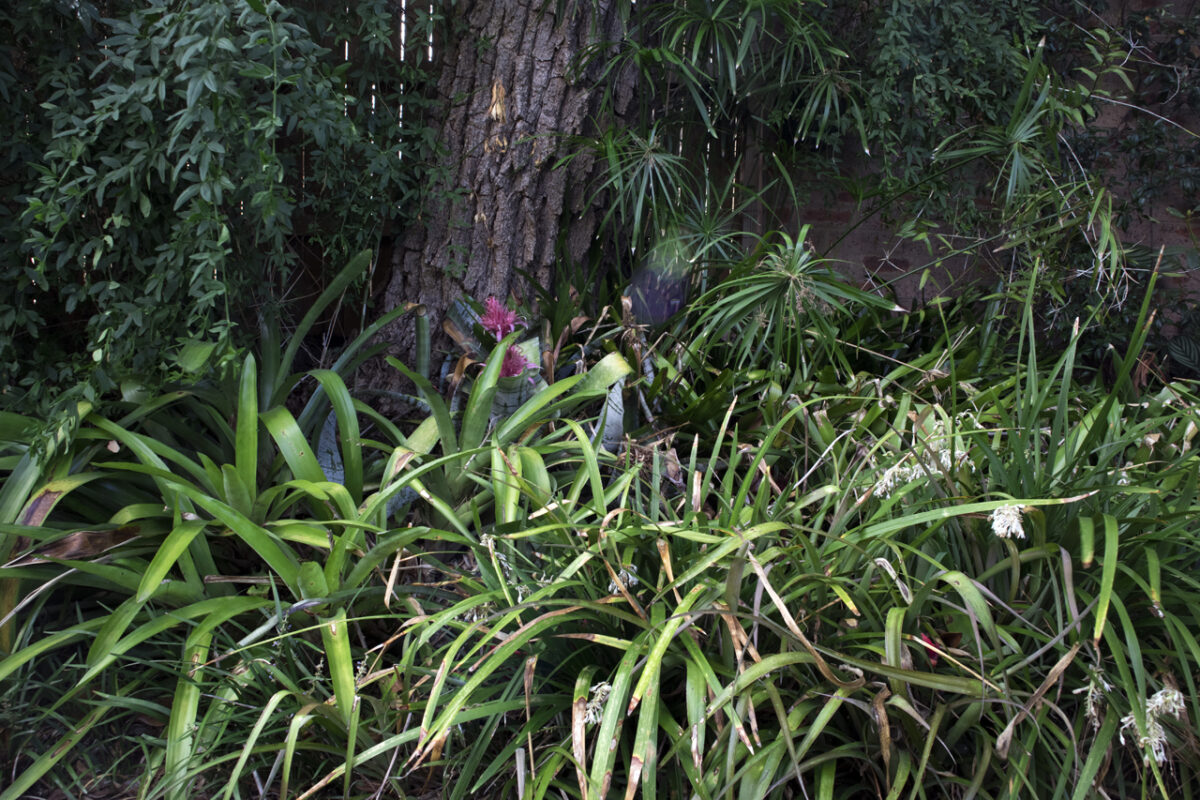
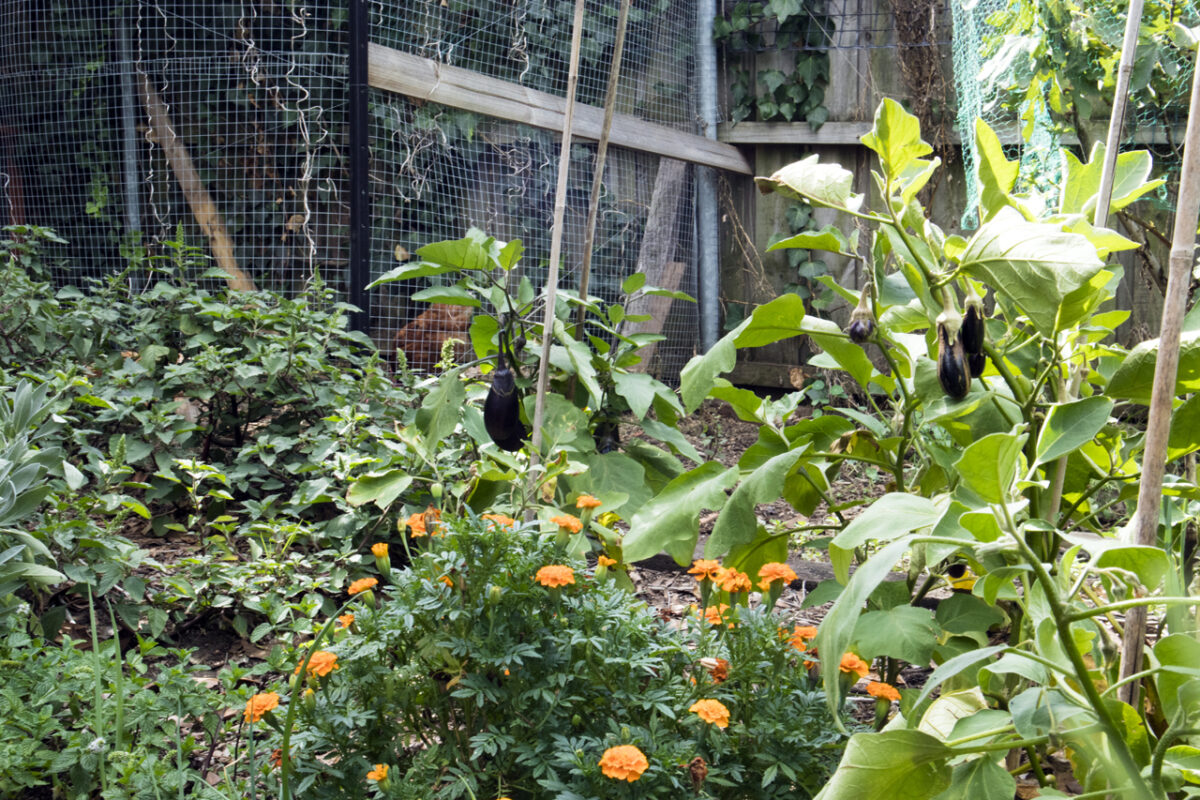
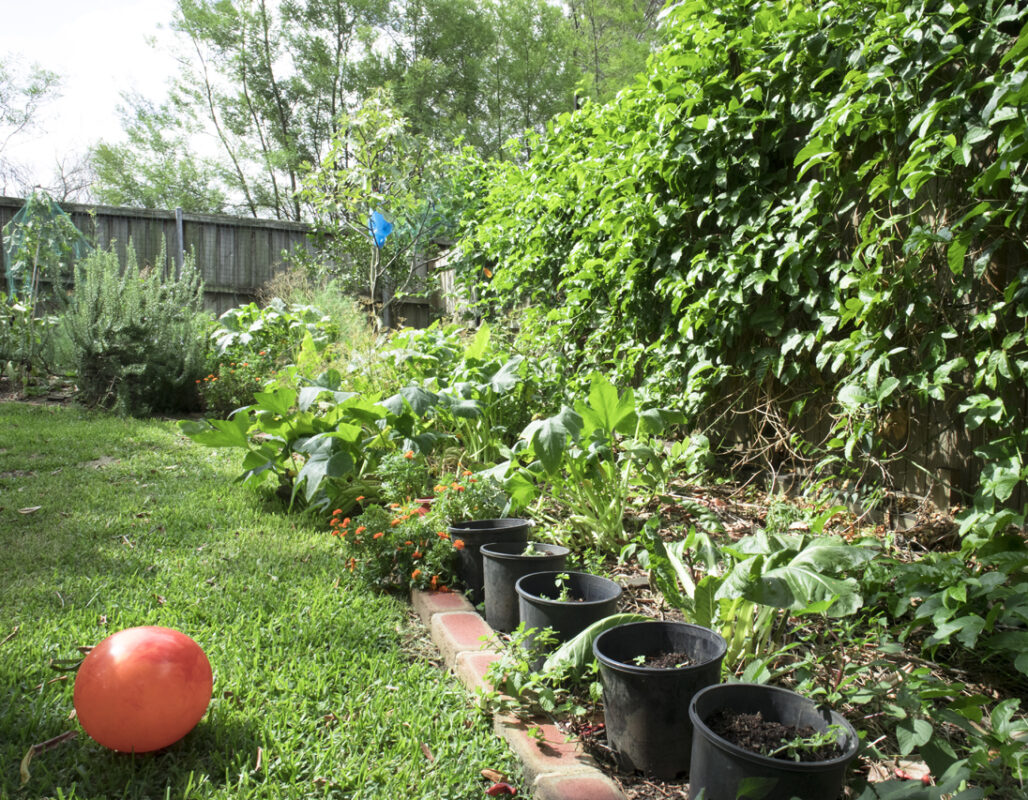
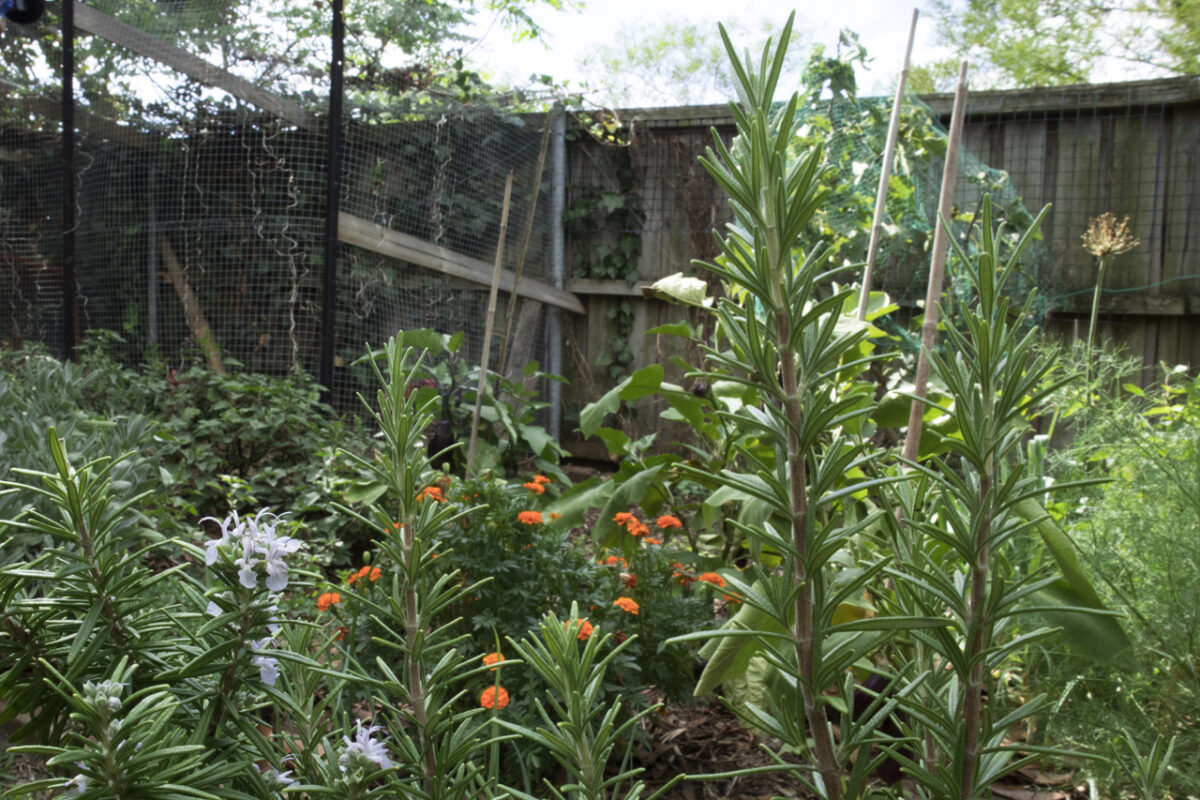
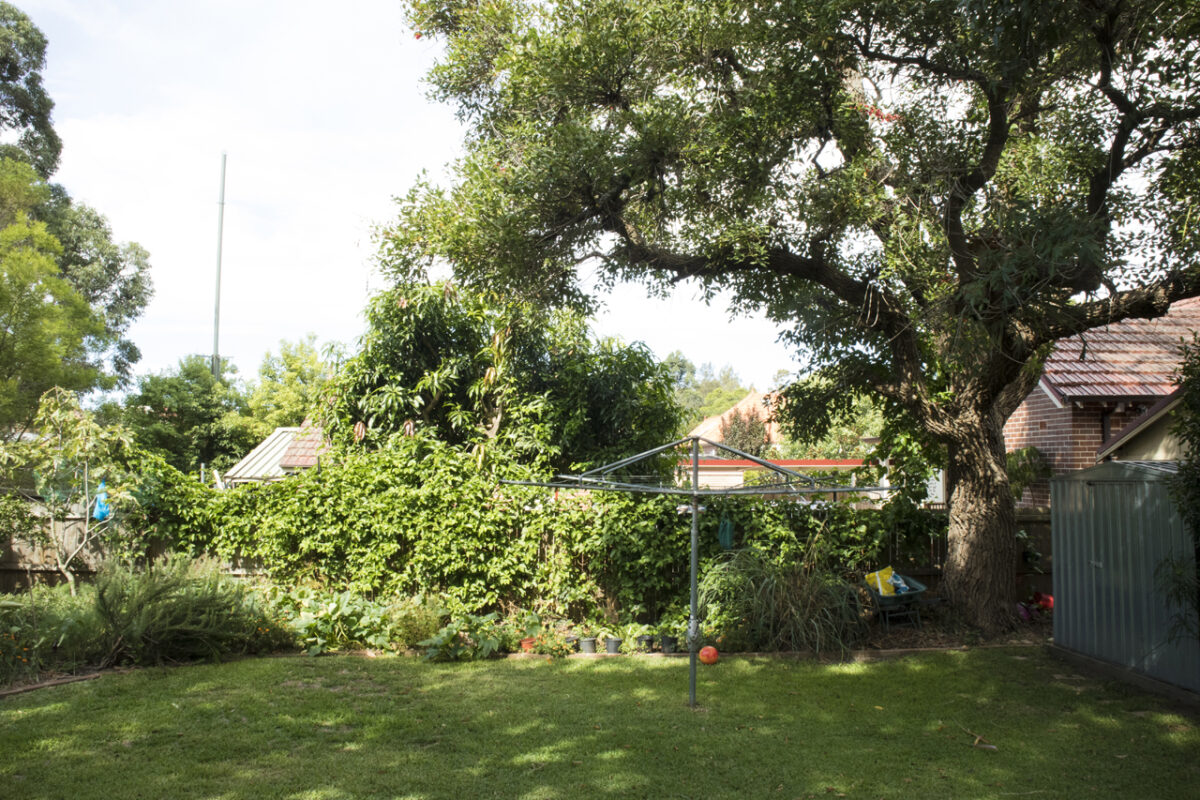
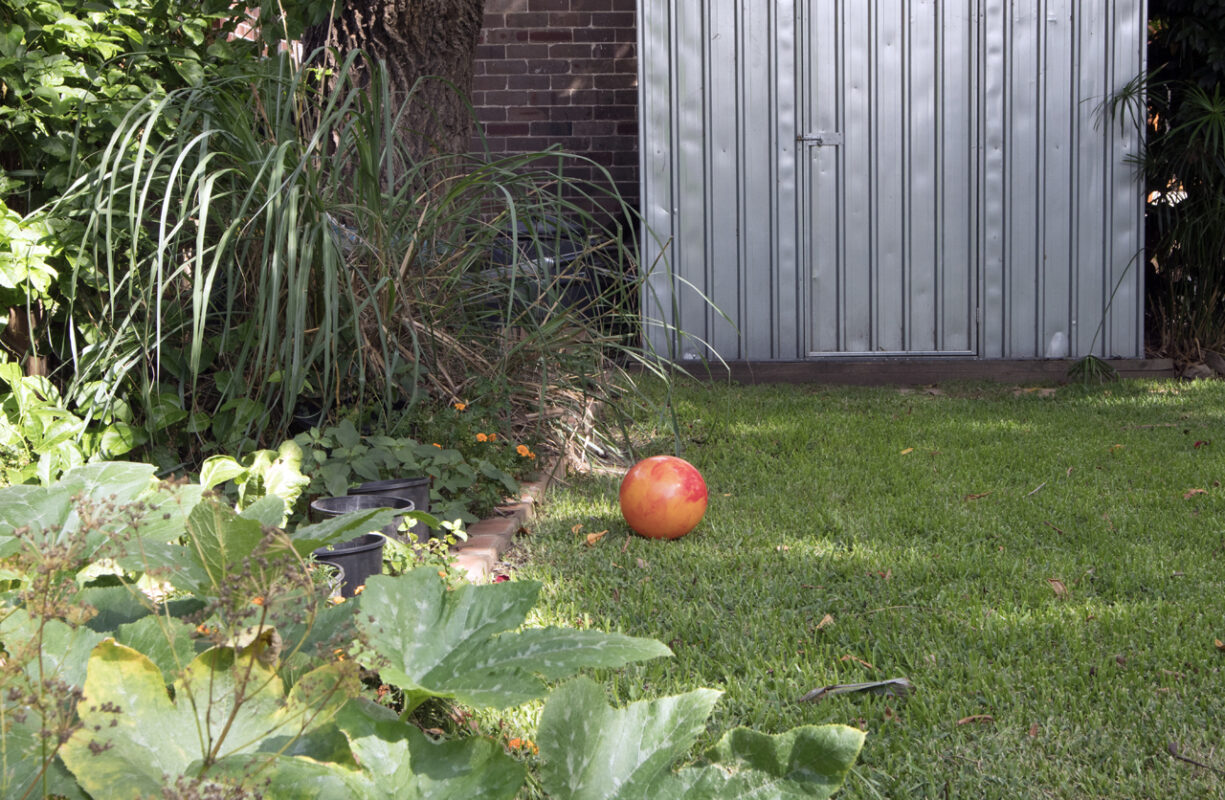
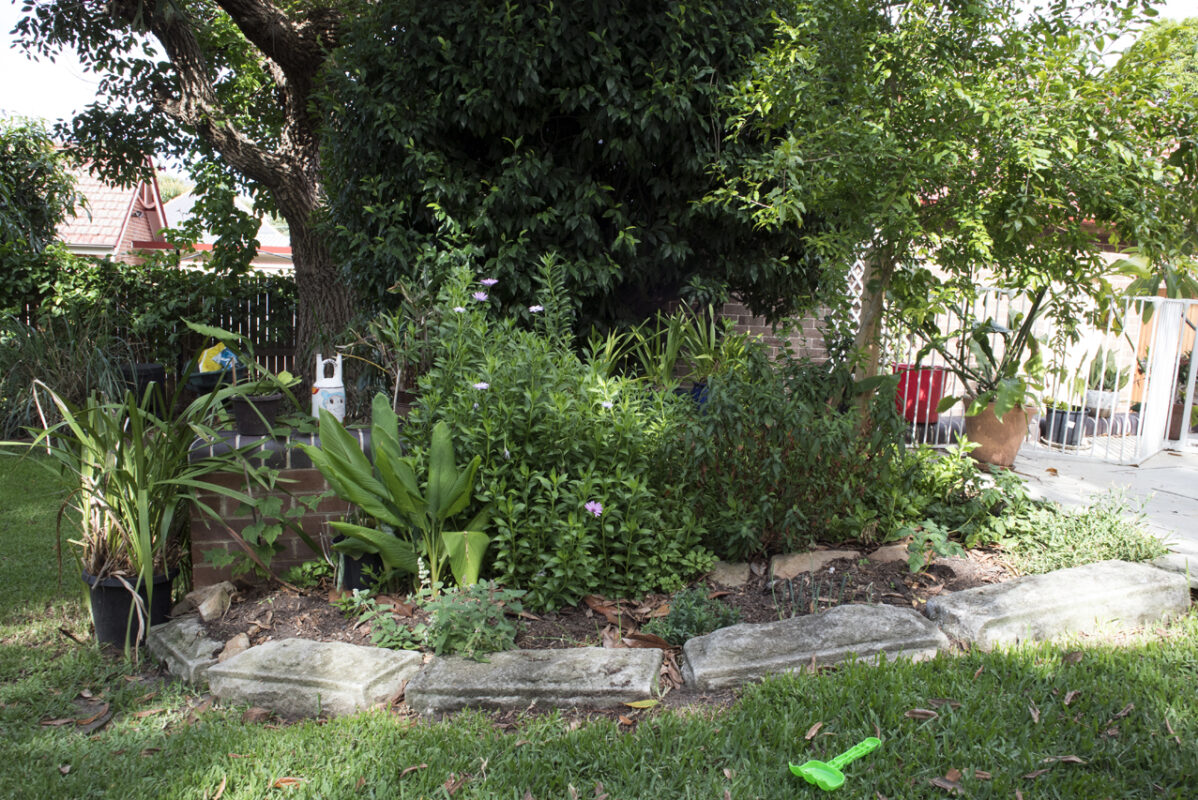
There are people we connect with through the garden. We are very fortunate, all our neighbours are very good. There is one tension, but not a significant one. I know that they don’t like a single leaf in their back yard. They go around with that noisy leaf-blower. I haven’t been raking the leaves every day – that is not going to be a problem. It is not a real tension, but it is a different way of understanding gardens. I do know that some of our neighbours are influenced by our garden.
I exchange cutting and seeds and advice with my friends. A friend of mine has a garden up at the foothills of the Blue Mountains, in Kurrajong. She brings me seeds and roots from her garden, like kale and turmeric. She collects the seeds and stores them in envelopes. We don’t. I just let plants go to seed and then I shake them off, so there will be spinach and parsley together. I give them a little help: that is how I relate to my garden. We have other friends in Lane Cove, who want me to go over to give advice, as if I knew what I am talking about. Another friend of mine belongs to the Greens, so he is very green and he is remarkable in his knowledge of herbs, birds and plants and he has given me advice. He has come here and identified things. Dimitra, gives me good advice. Dimitra is a very clever and astute woman. She has incredible intuition with gardening. Sometimes I worry whether I am doing the right thing and wonder what should I be doing. She says: it’s all right just do this and it will work. So there is collaboration. And my 16 month grand-daughter, Lucy, loves the garden and does not want to leave it and go home. Nothing competes with this freedom of running around: she goes into the plants, she is a rough and tumble girl. And she helps me weed: I collect the weeds, put them in a bucket and she goes to the bucket and tips it over. Other people come too, taking cuttings with them. Whenever we have a family gathering, a barbecue; people go into a zone, they lose themselves, because of the nature of the garden, and it is not even that outstanding.
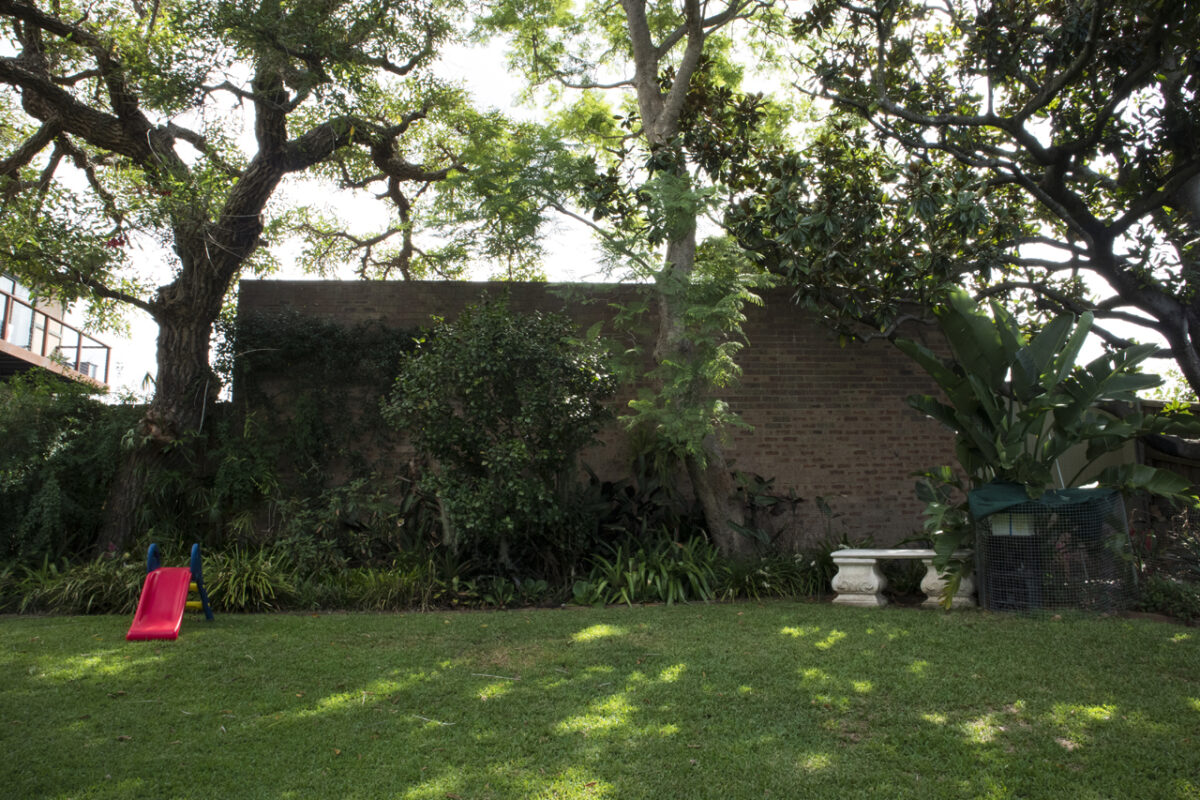

0 Comments